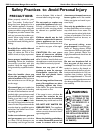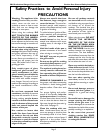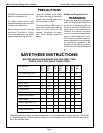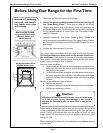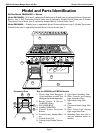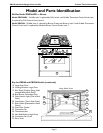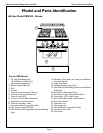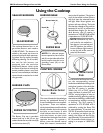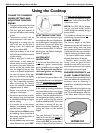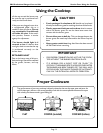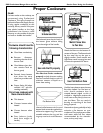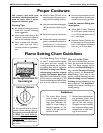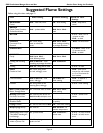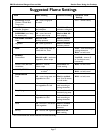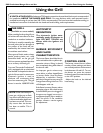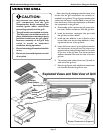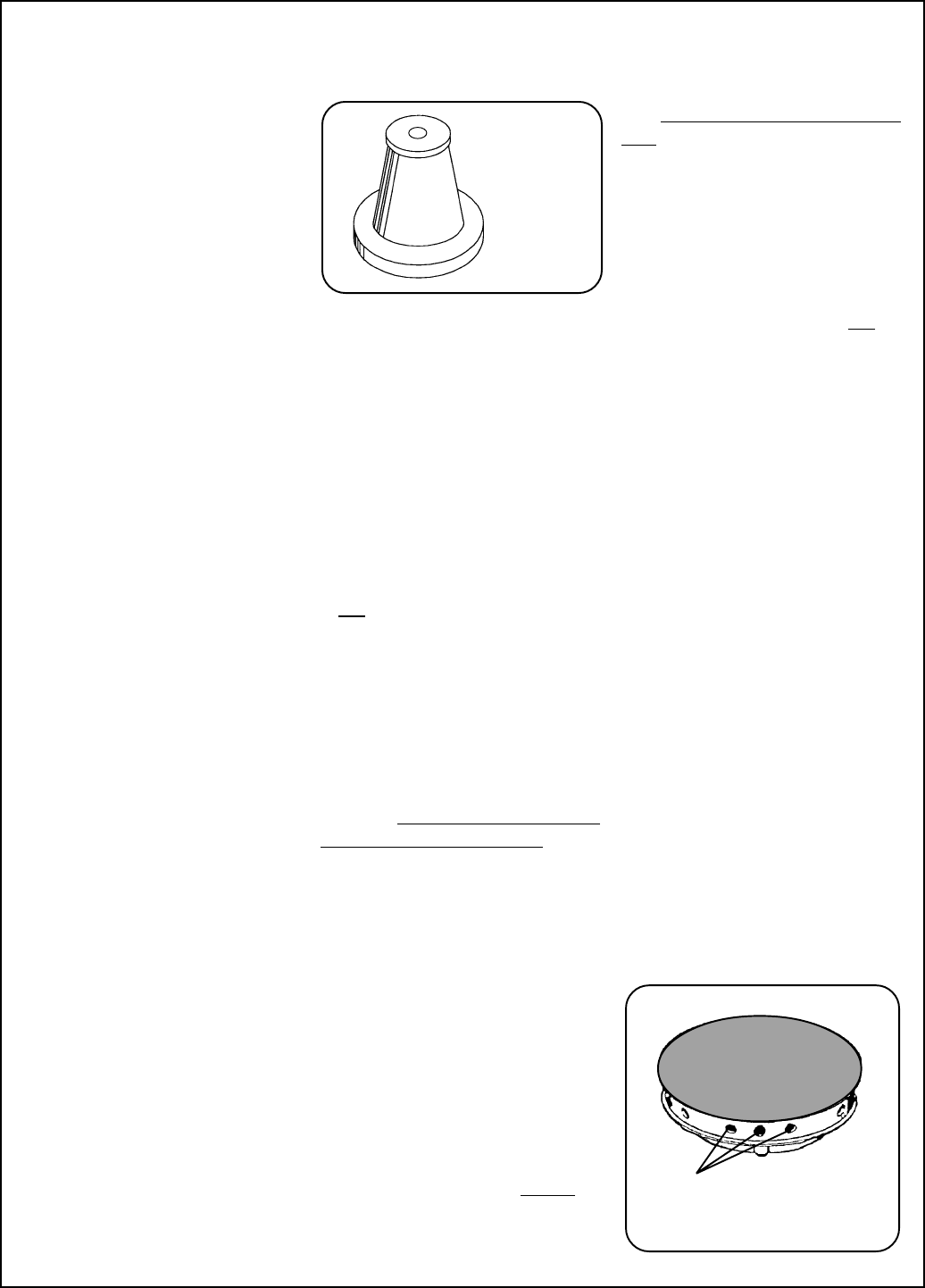
PRG Professional Ranges Care and Use Section Four: Using the Cooktop
IGNITER
BURNER CAP
Ports
Using the Cooktop
BURNER EFFICIENCY and
FLAME CHARACTERISTICS
The burner flame should be blue in
color and stable with no yellow tips,
excessive noise or fluttering. It
should burn completely around the
burner cap.
Foreign particles in the gas line may
cause an orange flame during initial
use. This should disappear with use.
If the flame does not burn evenly
FLAME HEIGHT
The correct height of the flame
depends on the size and material of
the utensil being used, the food
being cooked and how much liquid
is in the utensil. Here are some basic
rules for selecting the flame height.
• The flame should never extend
beyond the bottom of the pan.
• Utensils which conduct heat
slowly (such as glass-ceramic)
should be used with a low or me-
dium flame unless you are cooking
with a large amount of liquid
POWER FAILURE
In the event of a power failure, only
the standard burners can be lighted
manually.
It is necessary to light each
standard burner individually.
If the cooktop is being used when
the power failure occurs, turn all the
burner control knobs to the OFF
position. Then the standard burners
can be lighted by holding a match at
the ports and turning the control
knob to the HI position. Wait until
the flame is burning all the way
around the burner cap before ad-
justing the flame to the desired
height.
The two ExtraLow
®
burners lo-
cated on the far left side
cannot be
used during a power failure. Be sure
to turn them OFF if a power failure
occurs, as they will not turn back on
until
both control knobs are turned
OFF and then turned back on again.
See "What To Do If You Smell Gas,"
inside front cover.
NOTE: For PRG All-Gas Ranges,
the gas oven and broiler burners
cannot be lighted manually during a
power failure.
The Griddle in all units can
not be
used during a power failure..
ELECTRONIC IGNITION
The cooktop uses electronic ignit-
ers to light the burners. Each burner
has its own igniter that sparks when
any burner is turned on. When the
igniters are clicking (sparking), do
not touch the burners. If a burner
fails to ignite, see "Before Calling for
Service", page 36.
AUTOMATIC
REIGNITION
If any burner flame blows out, the
electronic igniter automatically
sparks on all burners to relight the
flame. Do not touch any burner
while the igniters are clicking.
THINGS TO CONSIDER
WHEN SETTING AND
ADJUSTING CONTROL
KNOBS
• The type and quantity of the food
will affect which setting to use.
• The size, type and material of
your pan will affect which setting
to use.
• Temperature control will be
more accurate if a lid is used.
• Bring food to a rolling boil; stir
well to be sure all the food is
boiling; cover and reduce the
heat to just below LO.
• Check periodically to see if the
control knob should be turned to
a lower setting.
• When a large pan is used on a
small burner, it may cause the
simmer action to occur mainly in
the center of the pan. When the
food is stirred, the cooler food
near the edges of the pan may
result in an overall temperature
too cool to simmer. If this hap-
pens, turn the burner up slightly.
• It is normal to stir food occasion-
ally. This is especially important
when simmering for several
hours. For example: a homemade
spaghetti sauce or beans.
• Adjust control knob to lower
settings in small steps.
• If control is set too low to main-
tain simmer, bring the food back
to a boil before setting to a higher
simmer setting.
• It is normal not to see simmer
bubbles immediately after the
food has been stirred.
• While the flame is ON there may
be bubbling; there should be at
least steam and a slight quiver of
the liquid's surface.
• Simmer bubbles may not be seen
when the flame has cycled OFF.
Page 12



